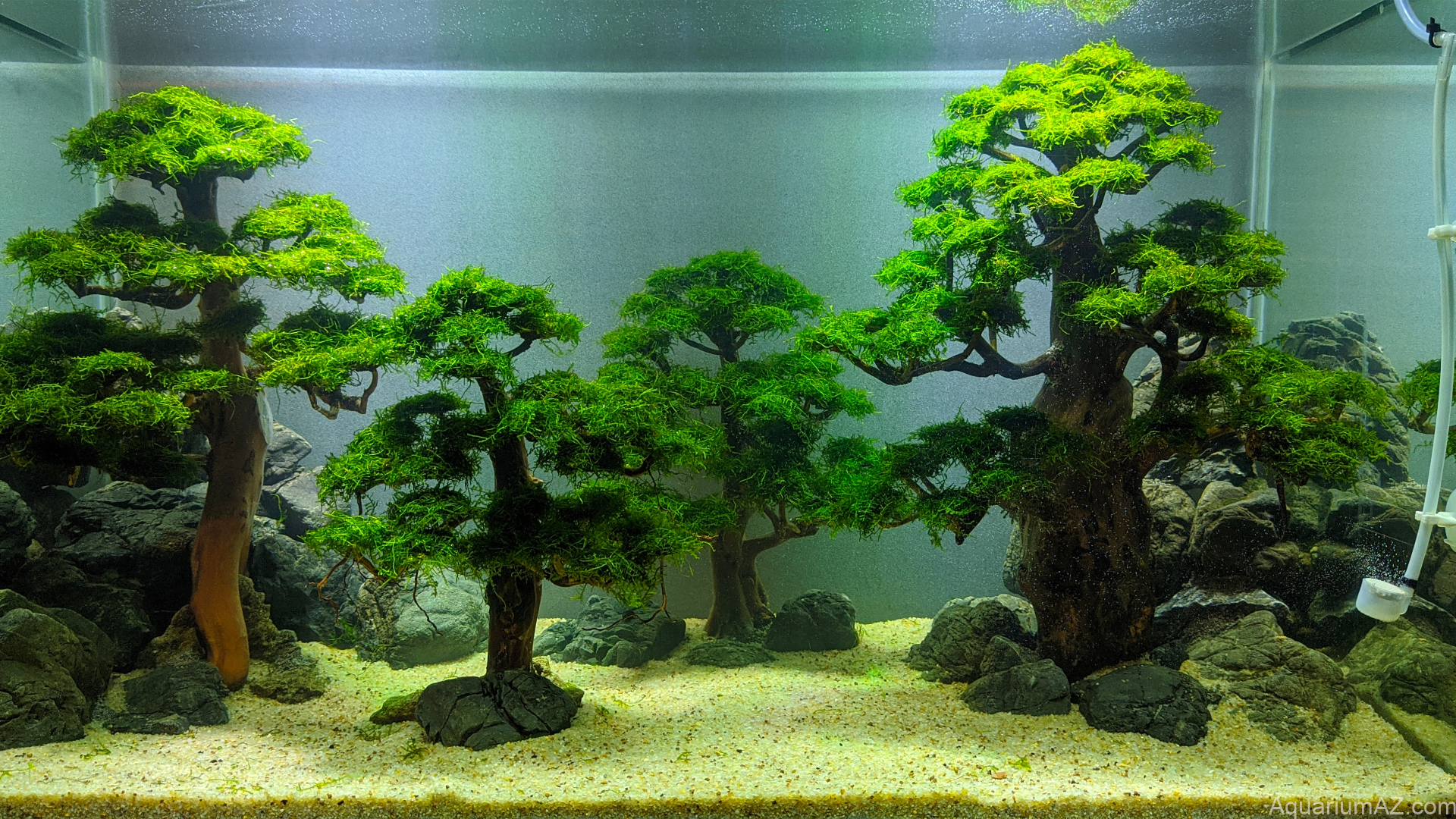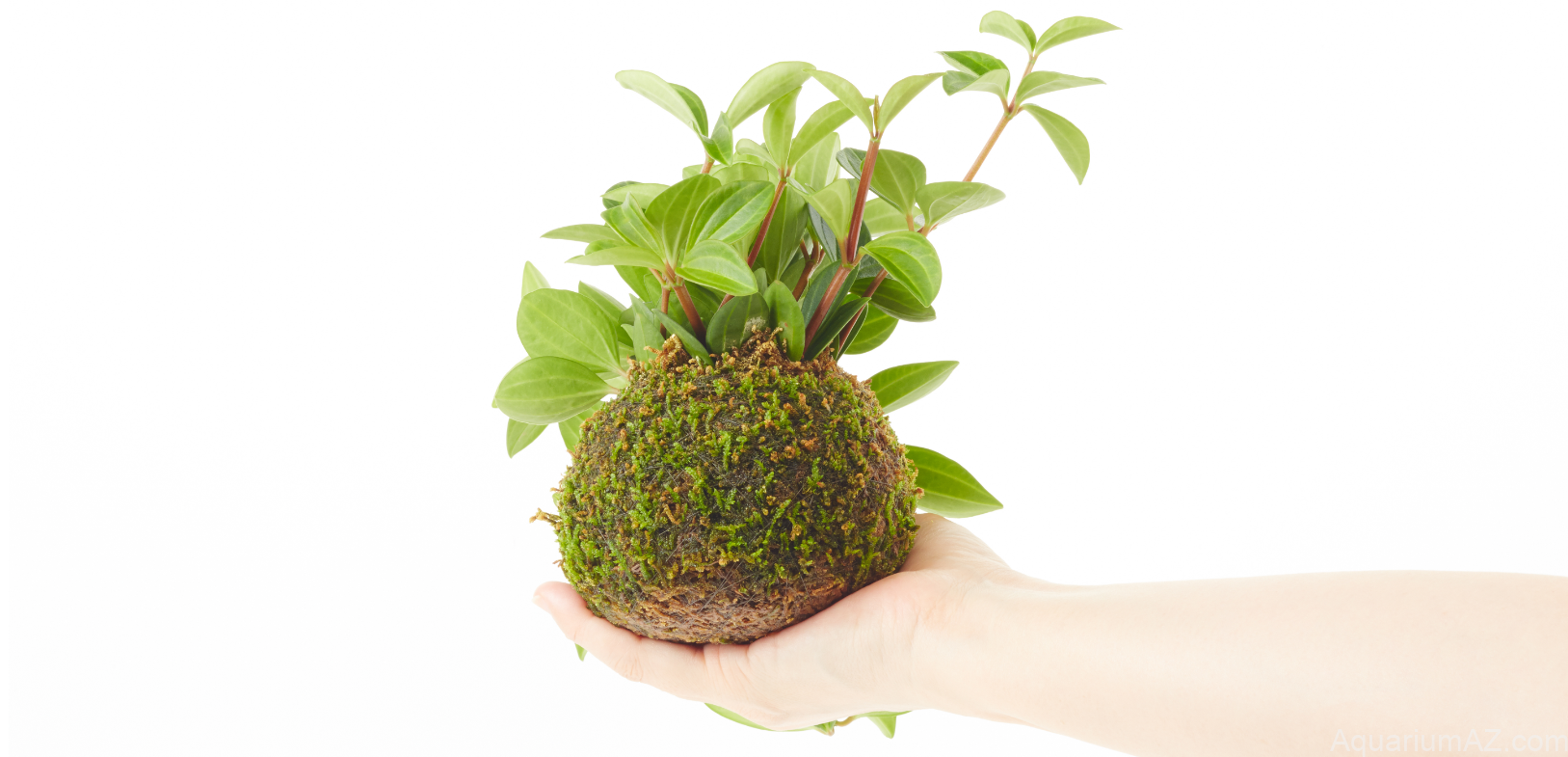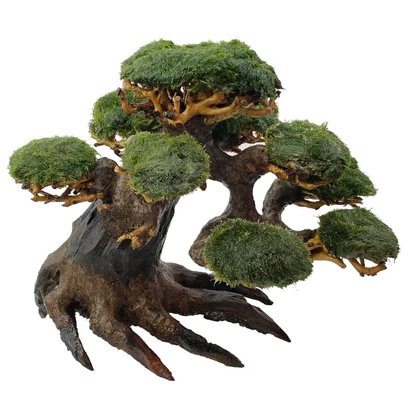The Secret to a Beautiful and Healthy Fish Tank with Marimo Moss Ball
Marimo Moss Balls, which are also known as Marimo Algae Balls, Algae Balls, and Japanese Moss Balls, are a popular addition to aquariums. These green balls of algae are sold under different names in stores, but they are all the same thing. Although they are a type of algae, they don’t behave like typical algae in aquariums. They won’t spread throughout the tank or turn the water green.
Moss Balls are available in different sizes, ranging from 2 inches to over 5 inches in diameter. The larger the ball, the higher its price usually is. These aquatic plants are unique in that they don’t shed dead plant matter into the tank, unlike other aquarium plants.
Overall, Marimo Moss Balls are a beautiful and low-maintenance addition to any fish tank. They are a great way to add some greenery to your aquarium without the hassle of traditional plants.
What Can Moss Balls Do for Your Aquarium?
Marimo moss balls are often advertised as “betta buddies”, “tank enhancers”, and “shrimp buddies”. However, these algae balls primarily serve as decorations for your aquarium. They grow slowly and don’t change much over time. Nevertheless, moss balls make a beautiful and natural addition to any fish tank that isn’t too warm.

Some betta fish seem to enjoy the presence of a live moss ball in their tank. They might rest on or near them, or even nudge them around.
Shrimp also appreciate moss balls as a place to sit and feast on the mulm that collects on them as they move around the tank. For freshwater shrimp, these algae balls can provide a nutritious meal.

Finally, moss balls can be used creatively in aquarium decor, such as in the creation of “Bonsai trees” using driftwood. So not only do they provide a peaceful and attractive environment for your fish, they can also spark your creativity.

Other Additions to the Fish Tank
The Marimo moss ball is a unique aquatic plant that offers numerous benefits to fish tanks. It acts as a natural filter, absorbing impurities from the water, and provides a natural source of oxygen. Marimo moss balls also provide a natural habitat for beneficial bacteria and improve the aesthetic appeal of the tank. They are low maintenance and easy to care for, making them perfect for beginners or busy aquarium owners. Additionally, they are affordable and can be found in most pet stores. Adding a Marimo moss ball to your fish tank can enhance the overall health and beauty of your aquarium.
Environment for moss ball
A Marimo Moss Ball can be a good fit for an established, filtered community tank. The acceptable water parameters for a Marimo Moss Ball are in the community tank range:
Water Temperature: 72 – 78 Fahrenheit
Aquarium pH: Wide range, can be slightly acidic or on the alkaline side.
Aquarium Lighting: Wide range, low to high light

How to Grow More Moss Balls
The good news is that marimo balls are very easy to propagate. Simply squeeze the water out of your moss ball and cut it in half with a knife or scissors. Roll the new clumps in your hands to form little spheres, and tie some cotton sewing thread around them to maintain the shape. Tada, you’ve doubled the number of fuzzy green pets you have!
The bad news is that they grow at the slow, slow rate of 0.2 inches (or 5 mm) per year. In Japan, wild marimo balls can reach 8 to 12 inches in diameter, but most commercially available versions are sold at 2 inches or smaller. (So, if you ever see a really large moss ball in an aquarium, you know the owner deserves mad props because it took ages to get that big.) Some sources recommend using fertilizers and CO2 injection to increase growth rate, but for me, it’s just faster to buy another one.

Cleaning A Moss Ball
If excess debris builds up on the surface, cleaning a Marimo Moss Ball is easy. Just take it out of the tank and gently swish and squeeze it in a bucket of aquarium water. Think of it like a sponge. Squeezing it in aquarium water forces the water out and releasing it draws the water back in. If its getting a little out of round, cup it and gently roll it around. If it floats after being put back in the tank its because water is out of the middle. It will fill up and sink to the bottom again.
Sign up for our Newsletter ! Fish, Coral, Plant, Gear and More!
Become Part of Fish Keeper Community


